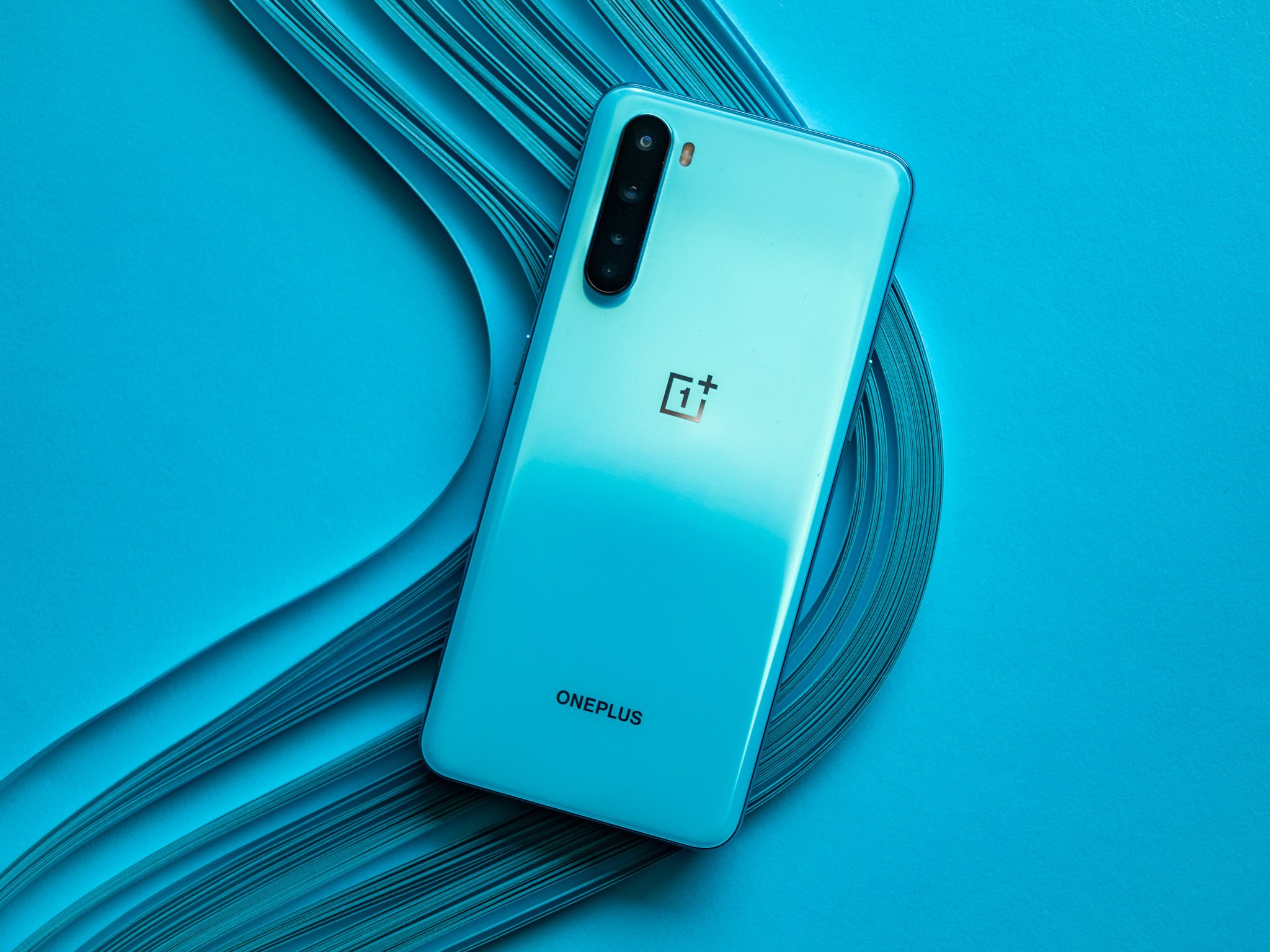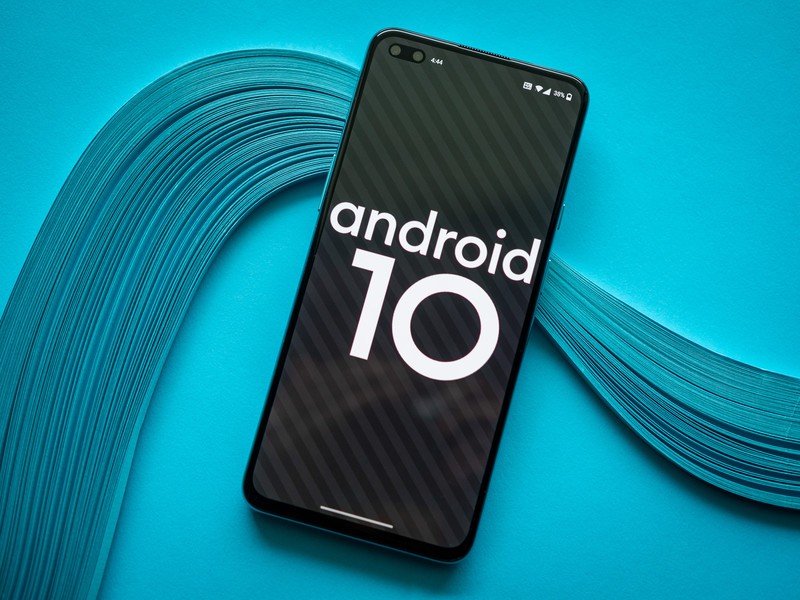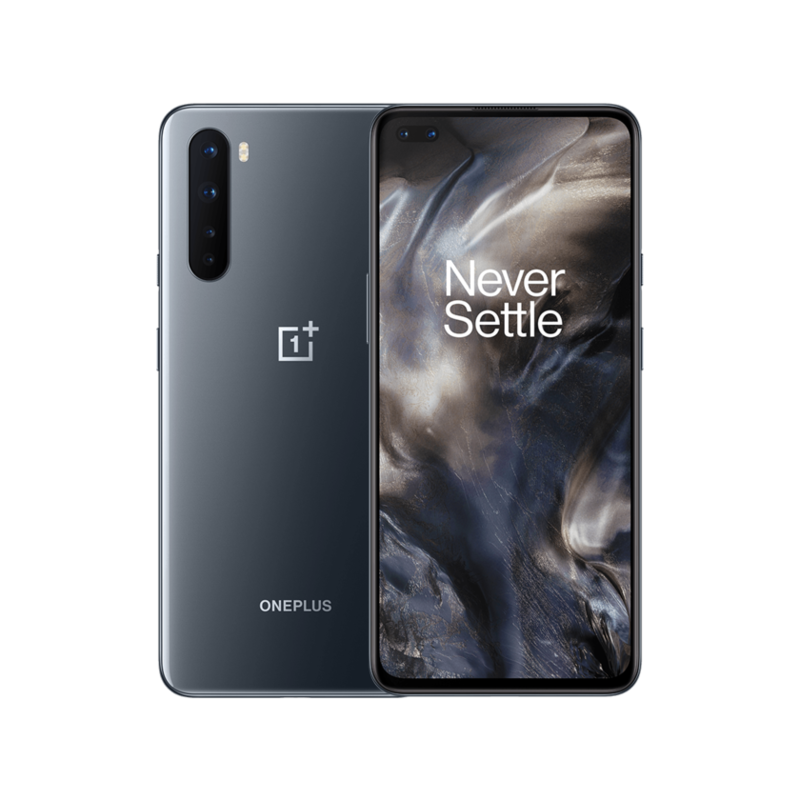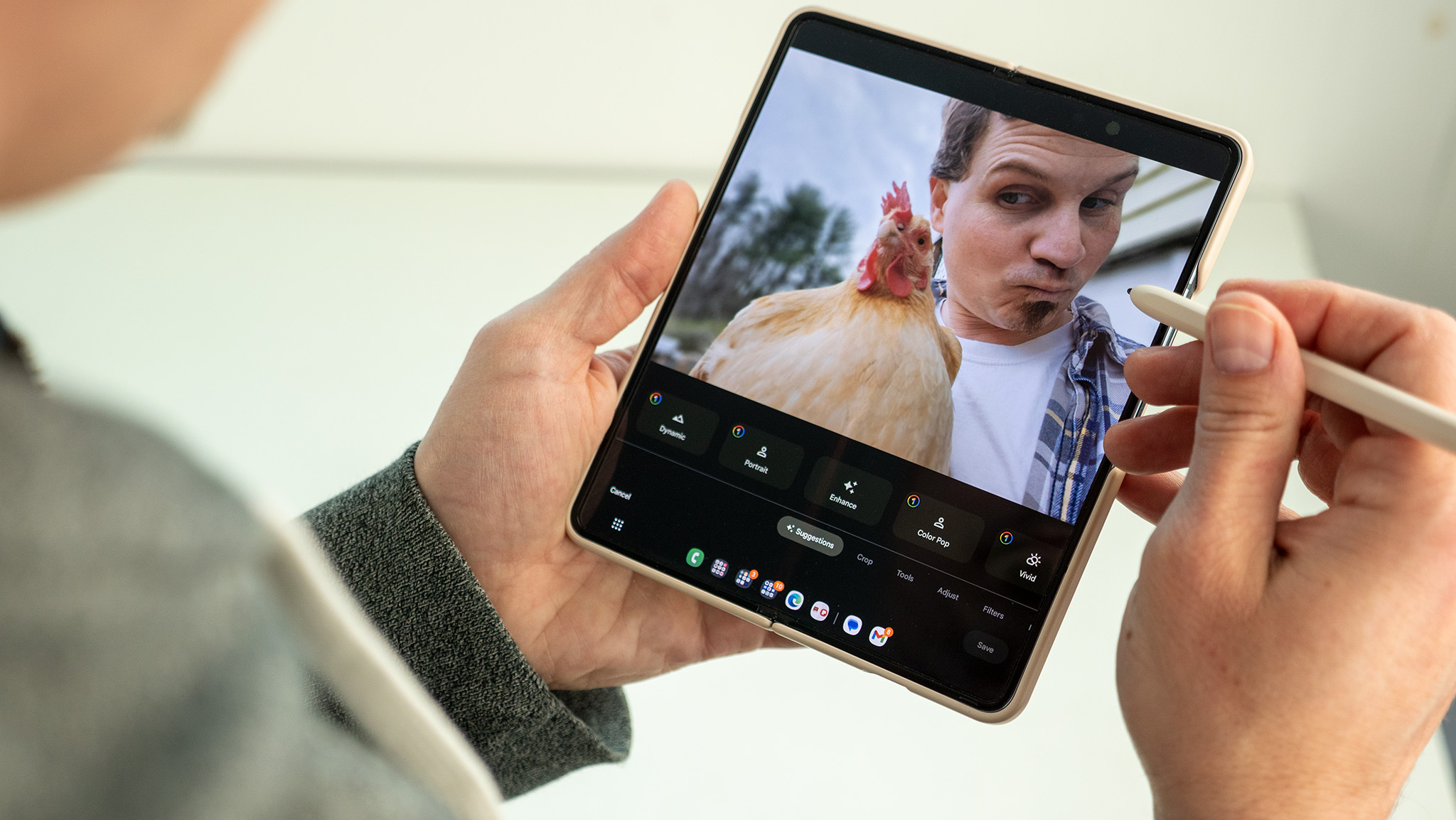OnePlus just turned into Samsung with the Nord N10 5G and Nord N100

OnePlus released two new models in the Nord series — the Nord N10 5G and Nord N100 — and there is a lot to talk about. The key takeaway from the announcement is that OnePlus is focusing its attention on the budget and entry-level segments with the new devices, with the Nord N10 5G set to be one of the most affordable 5G-enabled devices yet, and the Nord N100 debuting for under $200.
Unlike the Snapdragon 765G-powered Nord, the Nord N10 5G and Nord N100 will be available in the U.S. That should be welcome news to anyone looking to pick up a budget phone, particularly considering both phones will be sold via T-Mobile.
The Nord N10 5G has a Snapdragon 690, 6.49-inch 90Hz panel, 64MP camera, and a 4300mAh battery with 30W fast charging. The Nord N100 has more modest specs in the form of a 6.52-inch HD+ screen, 13MP camera, and a Snapdragon 460 chipset, but you do get a massive 5000mAh battery with 18W fast charging.
There's no excuse for OnePlus to not launch these phones with OxygenOS 11.
The phones also offer microSD card slots and rear-mounted fingerprint sensors, and while there are a few standout features, they end up feeling derivative. That's because OnePlus is basically reusing existing OPPO designs and switching out the branding, but my main issue is with the software.
Both the Nord N10 5G and N100 run OxygenOS 10.5 based on Android 10 out of the box and not the more recent OxygenOS 11, which is based on Android 11.
Android 11 was released over a month ago and OnePlus was the only third-party manufacturer that rolled out a public beta program. The beta also introduced OxygenOS 11, the latest version of OnePlus' custom skin. OnePlus radically changed the look and feel of its UI with OxygenOS 11, switching to a bold styling and a design paradigm that made the interface look a lot like Samsung's One UI.
OnePlus rolled out the stable version of OxygenOS 11 to the OnePlus 8 series earlier this month, and its latest flagship — the OnePlus 8T — runs the Android 11-based OxygenOS 11 out of the box. But that's not the case on the Nord N10 5G and N100, which are being announced two weeks after the introduction of the 8T. Because these phones are running Android 10 out of the box, they won't be updated to Android 13 — unlike the OnePlus 8T.
Be an expert in 5 minutes
Get the latest news from Android Central, your trusted companion in the world of Android
This is classic Samsung territory: the South Korean manufacturer is known for prioritizing software updates on its flagships, leaving its mid-range and budget phones in the lurch. Samsung released hundreds of budget phones over the years that ran outdated versions of Android, with a lot of these phones failing to get regular (or even any) software updates.

In fact, Samsung's shortcoming on the software front was what allowed OnePlus to gain momentum over the last five years. OnePlus differentiated itself in two key areas: a clean software interface devoid of overt customization and timely updates. The former changed with OxygenOS 11 as OnePlus started to exert more control over the visual aesthetic. With the Nord N10 5G and N100, the company seems to be showing that it does not care about delivering the latest software anymore either.
OnePlus is emulating the worst parts of Samsung's strategy.
It's inexcusable for OnePlus to roll out phones powered by last year's version of Android, particularly when it made such a big deal about software being a key differentiator. OnePlus even says that the Nord N10 5G and N100 deliver a "flagship-level software" in its press release, which is just not the case.
The fact that OnePlus has a stable version of OxygenOS 11 available on the 8T, 8, and 8 Pro but deliberately chose to release phones running the older Android 10-based OxygenOS 10.5 shows that its priorities do not lie with the core community anymore. Budget devices are already at a disadvantage as they get fewer updates, and the last thing this segment needs is for OnePlus to follow in Samsung's footsteps.
OnePlus could have led the way here by offering Android 11 out of the box and maintaining a coherent software strategy across its portfolio, but it chose to take the easy route. No wonder Carl Pei left.
OnePlus says its fans are more vocal than most, and that's true. A lot of enthusiast users switch over to OnePlus devices from Samsung or other brands because of the value on offer and the software experience. In 2020, OnePlus has managed to disprove both notions: the OnePlus 8T loses out on value against the Pixel 5 and Galaxy S20 FE, and with the Nord N10 5G and N100, it is showing that it doesn't offer the best software experience available. OnePlus' transformation is now complete.

This mid-range phone has it all
The Nord continues to be a solid option, offering a vibrant 90Hz AMOLED panel, reliable hardware with 5G connectivity, all-day battery life, and a 48MP camera that takes great shots. Combine that with regular updates, and you get a great overall package.

Harish Jonnalagadda is Android Central's Senior Editor overseeing mobile coverage. In his current role, he leads the site's coverage of Chinese phone brands, networking products, and AV gear. He has been testing phones for over a decade, and has extensive experience in mobile hardware and the global semiconductor industry. Contact him on Twitter at @chunkynerd.
